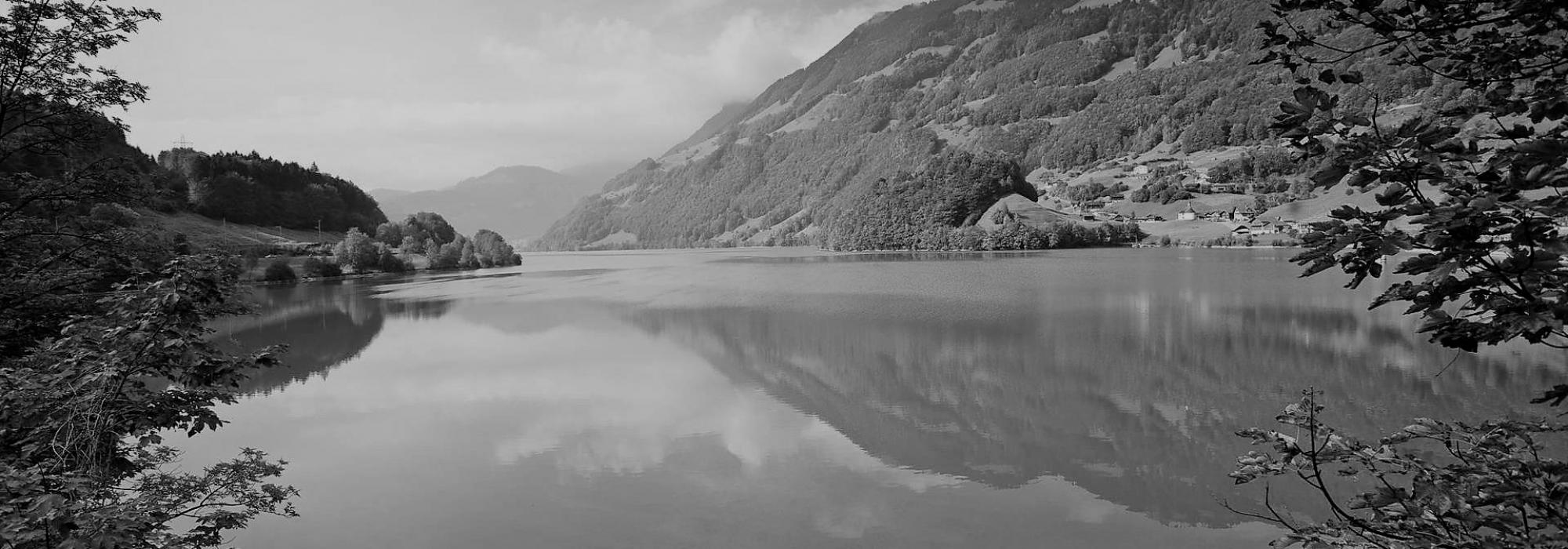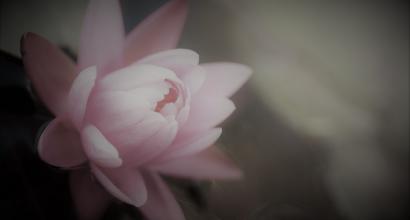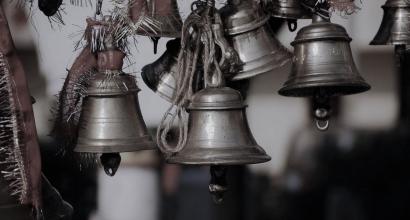Shamanna’s family
Even I had moved to Eldooru. During those days, Shamanna’s wife Venkamma who was suffering from illness for a long time, passed away. Venkamma was the daughter of Venkatasubbayya, a lawyer in Mysore. She was a very well-natured virtuous woman. She had no kids. By the time she passed away, Shamanna was almost 50 years old. Sheenanna hoped to get a new daughter-in-law for the house. In this matter there was some disagreement between father and son. But father was adamant. After searching in different places, he finally found a bride. But the bride’s father put a condition. He had two daughters. The elder one was disabled. She had lost her leg by birth. The second daughter did not have any kind of disability. Whoever agreed to marry the disabled girl, the father intended to marry his second daughter also to him. One husband to both his daughters.
Sheenanna accepted this condition. The wedding took place accordingly. After one year, even before his newly wedded wives moved into Shamanna’s house, the younger wife passed away due to plague or so. The disabled wife survived. This is what I call destiny.
After that Sheenanna passed away. Shamanna moved to Mulbagal and somehow lived separately with the pension he received.
Prankster
Shamanna was a rasika[1]. He had many poems and songs by-heart. He was a very humorous person. Under any circumstances, he found an opportunity for pranks. Once, someone was ailing with a stomachache. Shamanna called me and said:
Sha: “Hey appayya!, Recite the Stotra that you do.”
Me: “Which Stotra?”
Sha: “The one which you recite every now and then.”
Me: “Which one?”
Sha: “The one which you say as ḍar bur nāyaka”
Now I understood. One of the songs taught in school in those days was like this:
Gara-pura nāyaka pāhi
Smara-hara varamiha dēhi ||
It is probably Nanjanagud Subba Shastri’s kr̥ti; very beautiful music as well as meaning. My uncle Shamanna mocked it as “ḍar bur nāyaka”.
He was a very efficient and disciplined government official. The accountants in the sub-division office were very close to him. Among with, Nandavarika Lakshmipatayya from Lakshmisagara, was his very close friend. When both met, for hours with their sarcastic poems, proverbs, songs and jokes, they made others laugh and they laughed too.
Sheenanna’s death
I have told that Sheenanna roamed around the Anekal region near Bengaluru. His end came at the Aśvattha-kaṭṭe[2] in front/outskirts of Yelahanka village. Apparently Srinivasayya was a schoolmaster in Yelahanka. He was originally from Mulbagal. Our whole family had developed immense affection and respect towards him. Sheenanna laid down on the Aśvattha-kaṭṭe and asked a passer-by to go and inform Srinivasayya. By the time Srinivasayya came, his soul had already left the body. Kashi-Rameshwar pilgrimage, chanting of Nārāyana-sūkta and Rudra-sūkta, wearing the Rudrākṣi-mālā[3] and Rāma-nāma Uttarīya[4] helped his pure soul to unite with the Pan̄ca-bhūta[5].
Shamanna’s life too ended more or less in the same way. He fell sick and came to Bengaluru. We admitted him into Victoria Hospital. He recovered. He came home and stayed with us for two to three weeks. Yet his mind was not at peace. Since I was always a kid in his eyes, he did not share his inner feelings. He went to Mulbagal and wrote one or two letters - he was feeling restless, he was not happy with the marital relations - is what he had indicated. Nobody was in a position to help him. Meanwhile, he passed away. As per the elder’s directive that I was supposed to perform the last rites, I paid my last respects as per my ability.
Shamanna’s laments
Around 1912-1913, I faced a situation that needed me to go to Mulbagal - repair of our house and some other work. Mokshagundam Krishnamurthy, Belur Srinivasa Iyengar, and two other friends accompanied me. I do not remember who the other two were. Then, my chikkappa Shamanna lived in a rented house in the Agrahāra[6] street. One afternoon I went to his house with my friends. He was very happy. He affectionately spoke to everyone and enquired about the house repair. After leisurely talking, he got barugalu, hurigaḍale, dry coconut, jaggery, bananas in one or two big plates and offered us. He lamented: “What shall I do Appayya? If anyone comes home, I am not able to treat them better than this. There is no provision to offer lunch. Cannot even get upma and coffee prepared.” We said that “We do not want all that. We are completely full after a good lunch. We just need your affection and blessings.”
Rāma-nāma
After that Shamanna took out six-seven very big and fat exercise books from the shelf and placed it in front of us. It was filled with Rāma-nāma - “śrī-rama śrī-rama śrī-rama.”
He said: “This is my job now: After taking a bath in the morning I read two to three chapters of Rāmāyaṇa. After lunch I take a bit of rest. After that this job. After this, I visit the temple in the evening. That is how I am spending the time.”
Me: “I have heard that Natti Shastri has been your teacher. His lessons are now of use”
Sha: (with a chuckle) “I was utterly foolish then - did not learn anything. I wasted my life.”
What can I reply to that?
After coming to Bengaluru, I reported everything to my father. He enquired about his brother. I told him whatever I saw. “He is writing rāma-nāma. Apparently, it’s been some lakhs, If God blesses him with good health, he aspires to write five crore rāma-nāma and offer it at the feet of the God. We have to see - is what chikkappa[7] said.”
On hearing this, my father sighed and -
Patita-pāvana rāma
Pāpa-vimōcana rāma
sang these first few lines of the song and folded his hands and paid his respects.
This is the final part of the four-part English translation of Fifth essay in D V Gundappa’s magnum-opus Jnapakachitrashaale (Volume 8) – Sankirna smriti samputa. Edited by G S Raghavendra.
Footnotes
[1] Person who has a good sense of aesthetics.
[2] A platform to sit surrounding the Pipal tree under which you can get good shade. Usually they are present in most south Indian temples which also houses some nava-graha and Naga(snake) deities.
[3] A string of Rudrākṣi seed worn around the neck.
[4] A cloth worn on the shoulders, with śrī-rama written all over it.
[5] Five basic elements of nature, earth, water, air, fire, sky. They form the cosmic creation into which it is believed that soul will eventually merge with it after death.
[6] Part of the town, where mostly the people from brahmin community lived.
[7] Father’s younger brother.











































